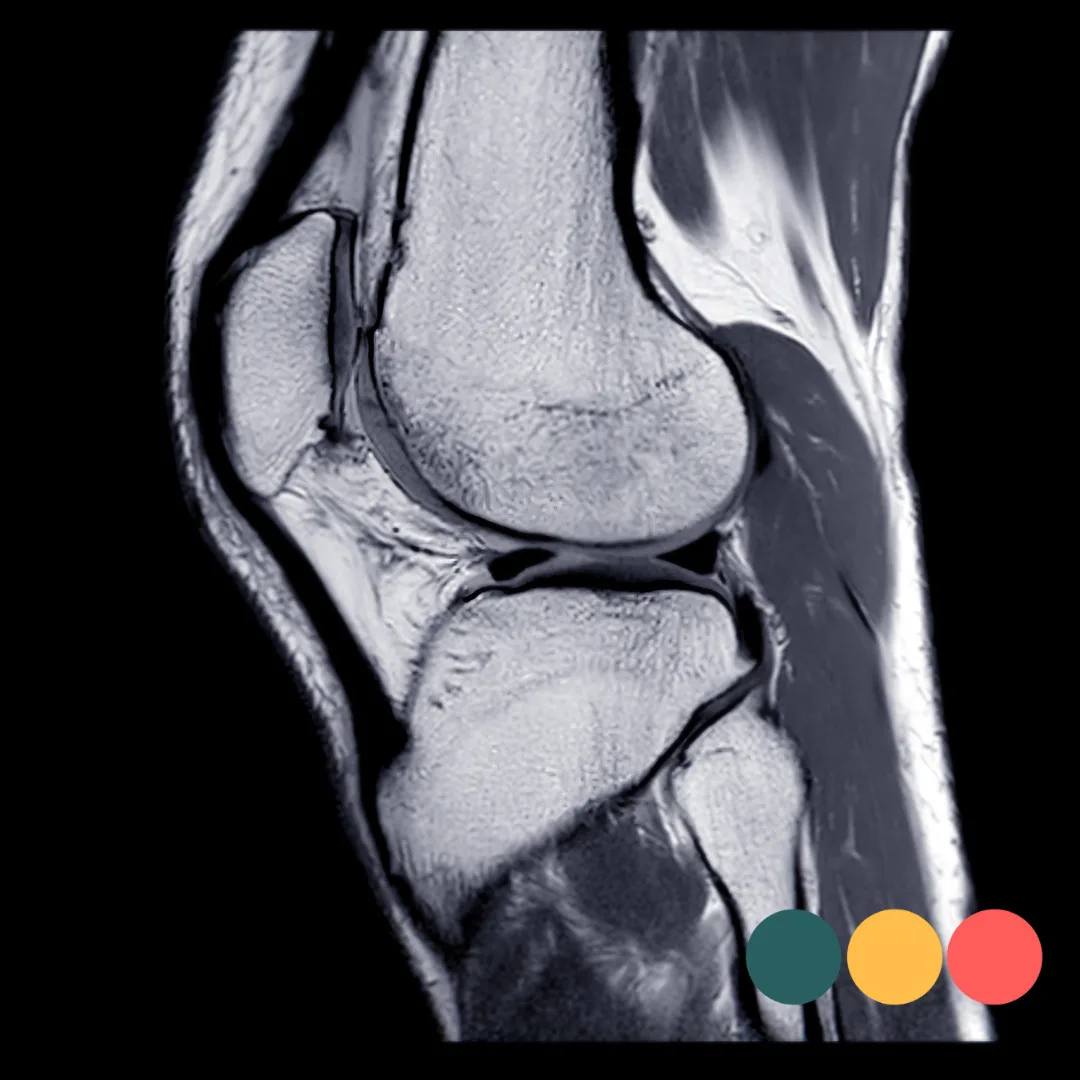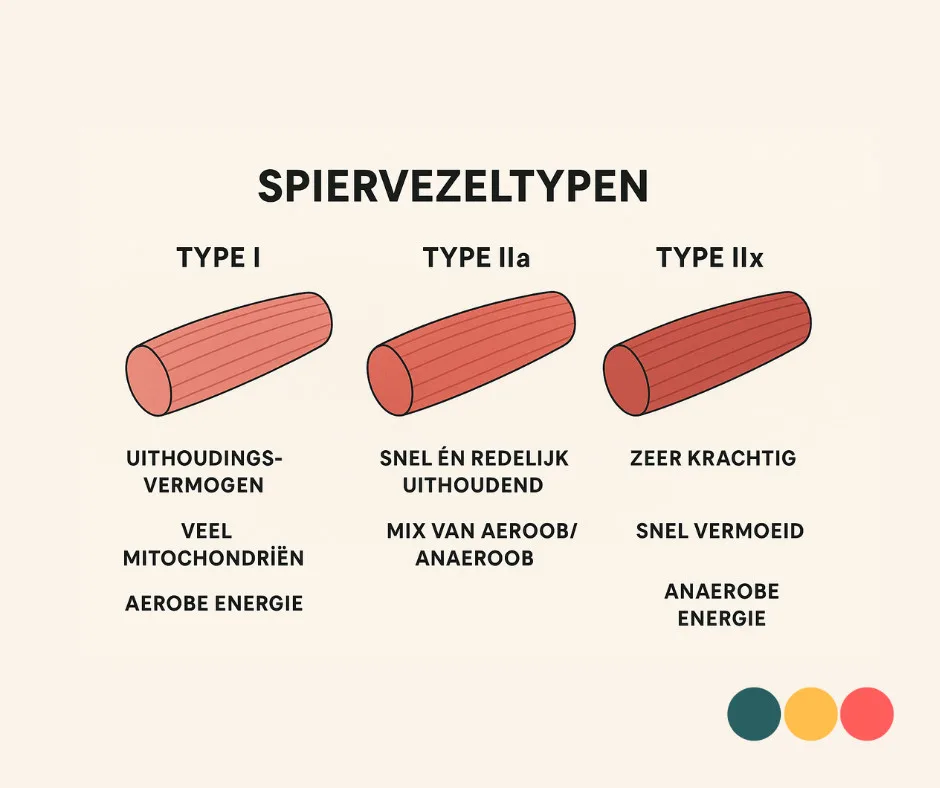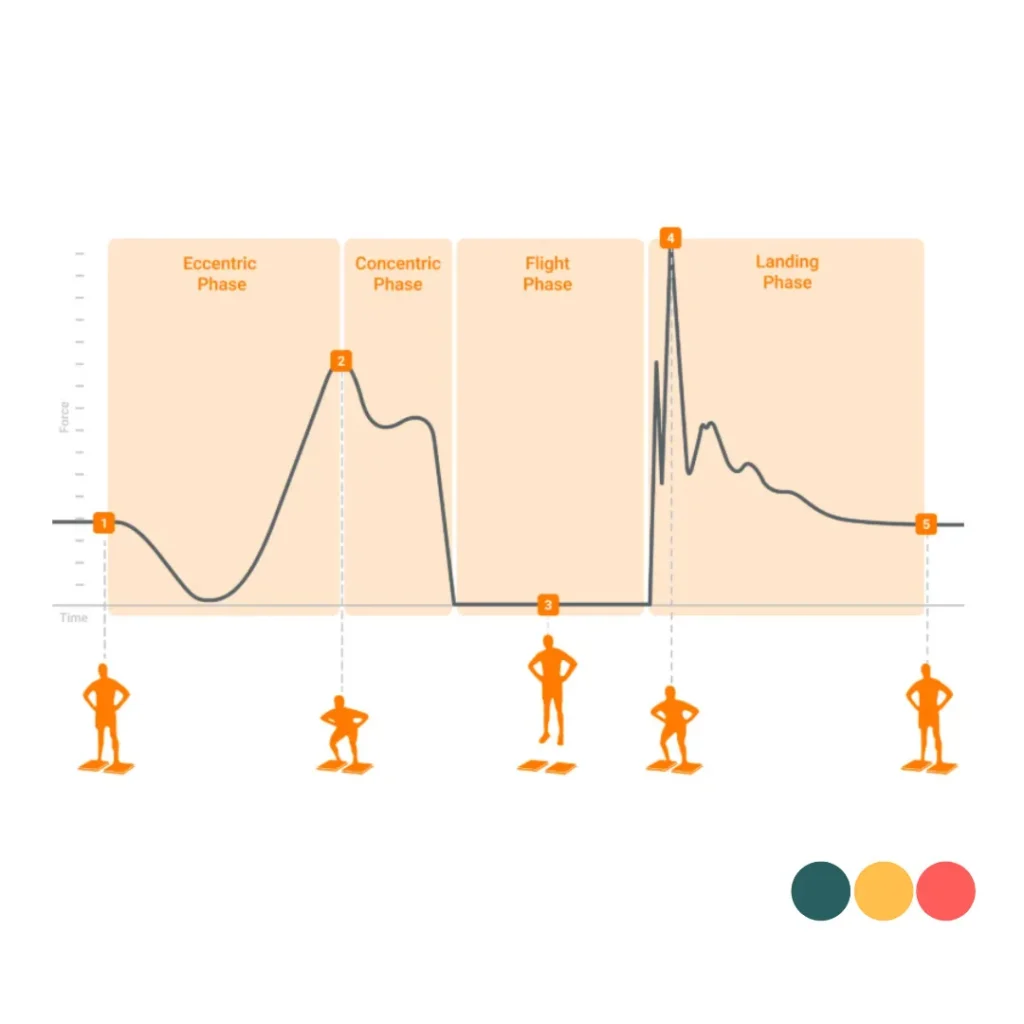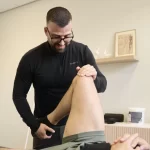Explosive Force and Rate of Force Development within anterior cruciate ligament rehabilitation
Rate of Force Development (RFD) is the speed at which a muscle can deliver force, expressed in Newtons per second (N-s-¹). In sports context, this is of great importance. Most movements are too short to use your maximum strength. In sports where you need to be able to change direction quickly like football, basketball or hockey, it is Rate of Force Development (RFD) a decisive factor. During this rapid change of direction, you often have less than 200 milliseconds of ground contact to brake, stabilise and move again. In this short time, there is simply no time to achieve maximum power. What matters here is how fast you can produce force. A high RFD allows an athlete to react explosively to unexpected situations and take full advantage of the stretch-shortening cycle, where stored elastic energy is converted directly into forward or lateral force. Yet simply strength also remains an important factor. Without sufficient ability to deliver considerable force, there is too little potential to deliver high forces in a short period of time. The best performance therefore consists of a combination of a solid base in strength and a high RFD. Force is certainly important but so is the speed to do so within fractions of seconds.

Stretch shortening cycle
Research shows that high RFD is associated with better performance in jumps, sprints, weightlifting and even in sports like golf, where timing and rapid strength building are essential. RFD becomes evident during stretch-shortening cycle (SSC). This is the natural mechanism by which muscles and tendons first rapidly stretch and then immediately contract vigorously. During this transition, elastic energy stored during the muscle's stretch is harnessed to produce extra strength and speed. The faster your elastic stretches and releases, the more forcefully it recoils. In muscles, this works the same way. The speed of stretch and the moment of rebound determine how much force you can produce in a short time.
The stretch-shortening cycle has three phases. First the eccentric phase. The muscle lengthens while under tension, like when you bend your knees before jumping. This is followed by the amortisation phase. This is an extremely short transition moment between lengthening and shortening. The shorter this phase, the more efficient the stretch shortening cycle. When energy or tension is lost, we speak of an energy leak. This is followed by a concentric phase in which the muscle contracts forcefully and releases stored energy to make the movement more explosive.
Within the SSC, we distinguish between a slow and a fast cycle. In the slow variant, the entire cycle lasts longer than 250 milliseconds. In the fast variant, the entire cycle from stretch to stretch is shorter than 250 milliseconds. Slow cycles give more time to build up strength and therefore deliver higher peak forces. Fast cycles require lightning-fast force generation within a fraction of a second. Sprinting is the best example of this. During each stride, the foot makes contact with the ground for only eighty to ninety milliseconds. Within that time, it is impossible to develop maximum force. Muscles and tendons exploit stored elastic energy. Reflex muscle activation increases tension. Time pressure forces the body to deliver force in milliseconds.
Countermovement jump
A countermovement jump is an example of a slow SSC. Here, the flexion in hip, knee and ankle is relatively large and the movement lasts about half a second. The muscle has more time to build up strength and can therefore deliver higher peak forces. The disadvantage is that the force gain is slower and thus the RFD remains lower.
What factors can influence Rate of Force Development (RFD)
Tendon stiffness
Rate of force development (RFD) is partly determined by neural control as the physiological properties of the tendon and muscle. The speed with which groups of muscle fibres (motor units) can be activated and the type of muscle fibres play a role in this, but an often underestimated factor is tendon stiffness.
A stiffer tendon means a firm and direct connection between muscle and bone. Because there is little stretching, muscle force can be transmitted almost without any loss of time. This shortens the electromechanical delay, the moment between the nerve signal and the actual force production. The stiffer the tendon is, the smaller the delay and the higher the rate at which force can be built up, also known as the rate of force development.
So tendon stiffness plays an important role in the efficiency of force transfer, but the effect depends heavily on the type of movement being performed. In movements that are mainly concentric, such as a squat jump or a start from standstill, a stiffer tendon is beneficial. Force can then be transmitted directly and without loss. Conversely, in movements that use the stretch-shortening cycle, such as a countermovement jump, sprint or rapid change of direction, a certain degree of elasticity is necessary. Energy is stored in the eccentric phase, which can then be vigorously returned in the concentric phase. Sprinting is a good example of an extremely fast stretch-shortening cycle with very short ground contact times. This requires both stiffness, to transmit force quickly, and elasticity, to store and return energy. If the tendon is too stiff, less energy can be absorbed and returned, which can be detrimental to explosiveness.
Optimal conditions therefore always depend on the context. For direct force production, stiffness is essential, while explosive movements require a combination of stiffness and elasticity. Training can influence these properties. Heavy strength training increases tendon stiffness and therefore improves the speed at which force is developed. Plyometric training, which focuses on the stretch-shortening cycle, increases explosiveness by optimising energy storage and energy return. The combination of both forms of training, firm tendons and a well-developed stretch-shortening cycle, provides a complete foundation and increases the potential for explosiveness.
Influence of Muscle fibre type on explosive power
Our muscles are made up of different types of muscle fibres, each with its own properties. Type I fibres are slow fibres. They provide less strength but are highly resistant to fatigue and play a role especially in prolonged efforts(long-duration running). Type II fibres are the fast fibres and consist of type IIA and type IIX. Type IIA fibres are fast and powerful and can cope reasonably well with fatigue. They are important in repeated explosive movements. Type IIX fibres can produce a lot of power in a short time but become exhausted quickly. Type II in particular is therefore responsible for explosiveness, such as in sprints or maximum force exertion. Training can influence the ratio of these fibre types and thus improve the rate of force development.
Type I (slow-twitch): Endurance, lots of mitochondria, aerobic energy.
Type IIa (fast oxidative): Fast and reasonably enduring, mix of aerobic/anaerobic.
Type IIx (fast glycolytic): Very powerful, quickly tired, last 'gear'.
RFD thus arises from an interplay between muscles and nervous system. Higher tendon stiffness ensures efficient transmission of force. An increase in type IIA fibres and a strong neural drive in the first phase of a contraction further contribute to rapid force development. On the contrary, loss of type IIX fibres or a decrease in stiffness results in less explosive power.
Genetic predisposition largely determines how much fast fibre a person can develop. Born explosive athletes such as sprinters and weightlifters often naturally have a high percentage of type II fibres, especially IIX. Training can increase this but within certain genetic limits.

Rate of force development after anterior cruciate ligament injury
After anterior cruciate ligament surgery, the emphasis in rehabilitation is often on restoring strength, stability and mobility. Nevertheless, many athletes continue to struggle with optimising rate of force development even when they have largely regained their maximal strength. This inability to respond quickly potentially increases the risk of re-injury. Sports like football, basketball and hockey require not only strength, but especially the ability to develop force quickly. Rate of force development determines whether the athlete is able to react adequately during sprinting, jumping and rapid changes of direction. Traditional rehabilitations often fall short because they do not provide sufficient insight into how quickly force is generated.
In the later stages of rehabilitation, the focus shifts from purely strength building to the ability to deploy that strength quickly and purposefully. This is exactly where modern training methods such as Velocity-Based Training (VBT) play a role. Instead of determining intensity solely based on the weight being moved, in VBT we use the speed of movement as a starting point.
By using speed as a guide, we better match the demands of modern sport and the specific challenges of recovery after an anterior cruciate ligament injury. After all, a successful return to sport after anterior cruciate ligament surgery requires more than regaining maximum strength. Equally important is the ability to release strength in a very short time, under conditions similar to the sport itself. Velocity-Based Training can make a valuable contribution here. It provides accurate loading based on movement speed and stimulates neuromuscular efficiency. As such, it potentially forms an important piece of the puzzle in rehabilitation and the path back to optimal sporting levels.
Measuring RFD in practice
In practice, Rate of Force Development (RFD) can only be reliably determined with a force plate. This technology records force development from the very first moment of contraction, showing exactly how fast a person can build up strength. Other ways of mapping explosiveness give at best an indirect picture, but lack the precision of a force-time curve. Force plates are therefore the most reliable method and the gold standard for those who want real insight into explosive force development.
At Fysio Fitaal, we use force plates to objectively measure force and speed during rehabilitation after anterior cruciate ligament reconstruction. These force plates record in real time the forces delivered by an athlete in Newtons, with a high measurement frequency of up to 1000 Hz. This not only gives us insight into peak forces, but also into how fast these forces build up. Precisely the latter is crucial for a safe and responsible return to sport.

Anterior cruciate ligament rehabilitation at Physio Fitaal
At Fysio Fitaal, we guide athletes step by step in their recovery after anterior cruciate ligament surgery. In doing so, we look beyond simply regaining muscle strength. Equally important is whether that strength can be built up quickly enough to perform safely and effectively within sport. To measure this, we use force plates. These force plates register on the spot how much force an athlete delivers and how fast this happens. This way, we gain insight into the load capacity of the operated leg and can compare it with the non-operated leg.
Through these results, we see not only whether strength is increasing, but also whether this strength is available within the short time windows demanded by the sport in question. The results give us valuable information to constantly adjust and adapt the training programme. In this way, every athlete receives exactly the stimulus needed for optimal recovery.
In our testing protocol, we assess movements with a longer contraction time as well as fast, explosive actions. Jumps such as the countermovement jump and the squat jump show how strength and power return, while tests such as the drop jump and the Reactive Strength Index show whether an athlete can build and harness power in a fraction of a second. Variants also help us assess how well the operated leg can generate explosive power and cushion at the same time.
This combination of tests creates a complete picture of load capacity. This ensures that an athlete is not only getting strong enough, but also ready to use this strength, explosively, safely and with confidence. This forms the basis for a successful return to sport.
Want to know more about our whole anterior cruciate ligament rehabilitation or make an appointment for a test at our practice? Feel free to contact us, we will be happy to help you.

